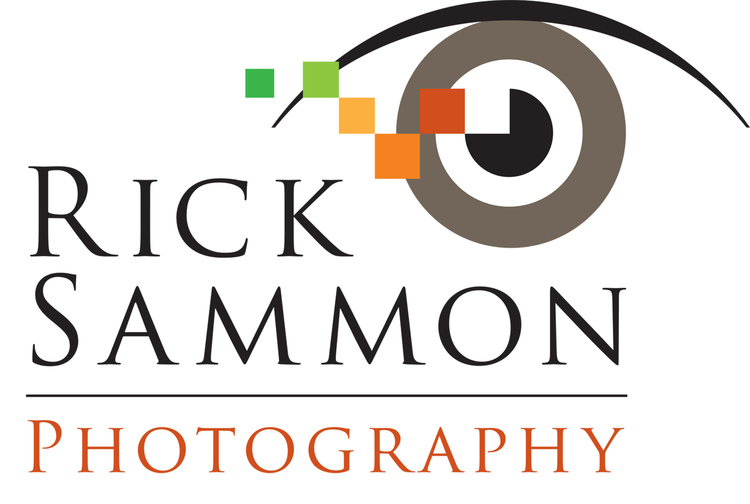
This week's tip comes from my pal Scott Bourne, the cool dude with whom I co-host the
Photofocus podcast, and who heads up the
Photofocus website (as well as doing about a million other things).
Beam us up (as in "give us some tips on using the beam of our flashes") Scottie.
Here's How to Make Your Small Flash Act Like a Big StrobeScott BourneSmall speedlights are very cool little inventions. They give us the ability to bring light to every situation regardless of "natural" conditions. But the small size of the average portable flash is both a blessing and a curse.
The blessing is that these little babies are very portable. The curse is that being small; they tend to emit rather harsh light. So how can we fix that?
Simple. Get closer and get bigger. I know, I know - you think that's crazy. While it may be counter intuitive, it's true. The closer the light is - the softer it is. The bigger the light is - the softer it is. (Don't confuse brightness and softness.)
So getting closer is easy. How do we get the small strobe to act like a big light? There are lots of ways to accomplish this. One would be to use something like the Rick Sammon
Tote from Westcott. Pumping the flash at the reflector makes the size of the reflector the size of the light. This is many, many times larger than the flash head so it softens the light.
Another great accessory is the Westcott
Mini-Apollo. This accessory turns your small flash into a decent-sized soft box.
I took the photograph of the little girl on the left. Rick took the other two pictures.
The behind-the-scenes photo shows two flashes aimed at two reflectors; the light in the background is a hair light. The end-result photo on the right was taken with that set up - with another reflector added below the model's chin to fill in some of the shadows.
So the message of this post: Test this yourself. Get closer to the subject and make the light bigger. You'll make pictures with softer light every time.
If you have any flash questions (or any photo questions for that matter), post it on twitter: twitter/ricksammon or twitter/scottbourne
–––
Rick here . . .
Check out the new
PocketWizards for effortless/foolproof off-camera flash photography. Note: the wireless transmitter circled in my picture is the
Canon ST-E2 wireless transmitter.
Scott and I are tossing around the idea of doing some flash workshops around the country. Let us know if you are interested. Tell is on twitter.
